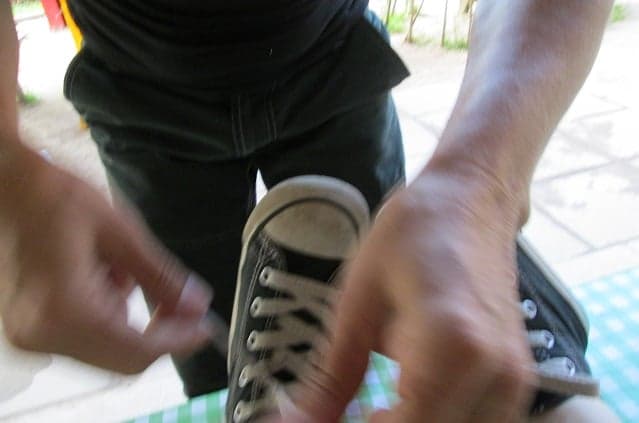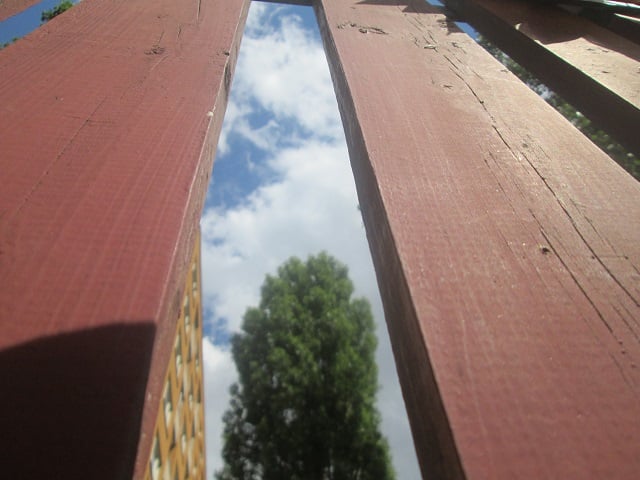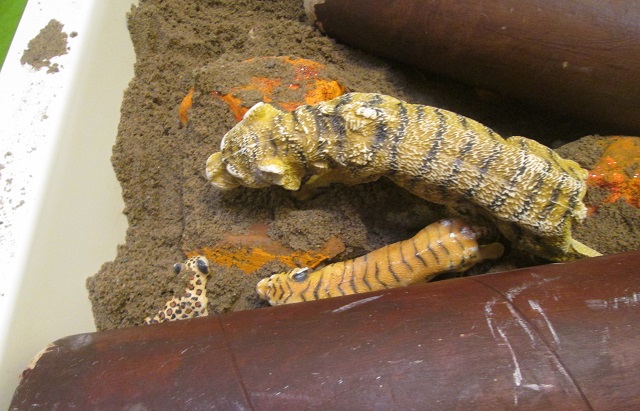What happens when you put toddlers BEHIND the camera? Swedish researchers find out

Researchers at a Swedish university had a look at the world from a child's perspective by giving three-year-olds access to cameras, and the study revealed stark differences between how children and adults used the gadgets.
While adults might use photography as a way of documenting their lives, perfectly positioning their food in a restaurant to get an Instagrammable layout, the children used cameras as a way of discovering the world, more interested in the experience than the end product.
"What surprised me most during the research was how the children used photography not only to see or photograph the world, but also to discover it. I used the term 'viewing apparatus'," Lena O Magnusson, a researcher at the University of Gävle who led the project, told The Local.

The researcher, who worked in a preschool for years before starting out in academia, believes the photos can help adults better understand children, and will help to give children a voice by focusing on things they think are important or unfair, which adults may not notice otherwise.
For example, one child took a photo of an educator changing the child’s nappy on the nursing table, offering a perspective which Magnusson said might persuade adults that it is preferable to change nappies while the child is standing.
And the photos could also show adults topics children are interested in, which they may not be able to verbalize.

"One photo shows a shoe with laces, and maybe the child took this photo to ask a question – why do children have shoes that they can't put on themselves? It could be that he was intrigued or confused by this," she said.
What's more, the children demonstrated an ethical approach to photography, often asking each other for permission before photographing their classmates. According to Magnusson, this is something many adults and educators have forgotten to do.
.JPG)
She believes that by letting preschool children take the lead in documenting their experiences, it will help them to return the 'dominating gaze' in educational environments, which goes from adults to children.
As well as teaching adults how children think, this kind of photography also has an educational element for the children.

"They can learn through photography; each photo shows just one aspect of life, so by using cameras at the age of three or younger, they train their visual capacity and start to understand the subjectivity of photography," Magnusson told The Local.
She will continue her research by following a preschool where children are given access to cameras, to explore possible new ways of learning and see what children are seeing and thinking.
Comments
See Also
While adults might use photography as a way of documenting their lives, perfectly positioning their food in a restaurant to get an Instagrammable layout, the children used cameras as a way of discovering the world, more interested in the experience than the end product.
"What surprised me most during the research was how the children used photography not only to see or photograph the world, but also to discover it. I used the term 'viewing apparatus'," Lena O Magnusson, a researcher at the University of Gävle who led the project, told The Local.
The researcher, who worked in a preschool for years before starting out in academia, believes the photos can help adults better understand children, and will help to give children a voice by focusing on things they think are important or unfair, which adults may not notice otherwise.
For example, one child took a photo of an educator changing the child’s nappy on the nursing table, offering a perspective which Magnusson said might persuade adults that it is preferable to change nappies while the child is standing.
And the photos could also show adults topics children are interested in, which they may not be able to verbalize.
"One photo shows a shoe with laces, and maybe the child took this photo to ask a question – why do children have shoes that they can't put on themselves? It could be that he was intrigued or confused by this," she said.
What's more, the children demonstrated an ethical approach to photography, often asking each other for permission before photographing their classmates. According to Magnusson, this is something many adults and educators have forgotten to do.
She believes that by letting preschool children take the lead in documenting their experiences, it will help them to return the 'dominating gaze' in educational environments, which goes from adults to children.
As well as teaching adults how children think, this kind of photography also has an educational element for the children.
"They can learn through photography; each photo shows just one aspect of life, so by using cameras at the age of three or younger, they train their visual capacity and start to understand the subjectivity of photography," Magnusson told The Local.
She will continue her research by following a preschool where children are given access to cameras, to explore possible new ways of learning and see what children are seeing and thinking.
Join the conversation in our comments section below. Share your own views and experience and if you have a question or suggestion for our journalists then email us at [email protected].
Please keep comments civil, constructive and on topic – and make sure to read our terms of use before getting involved.
Please log in here to leave a comment.